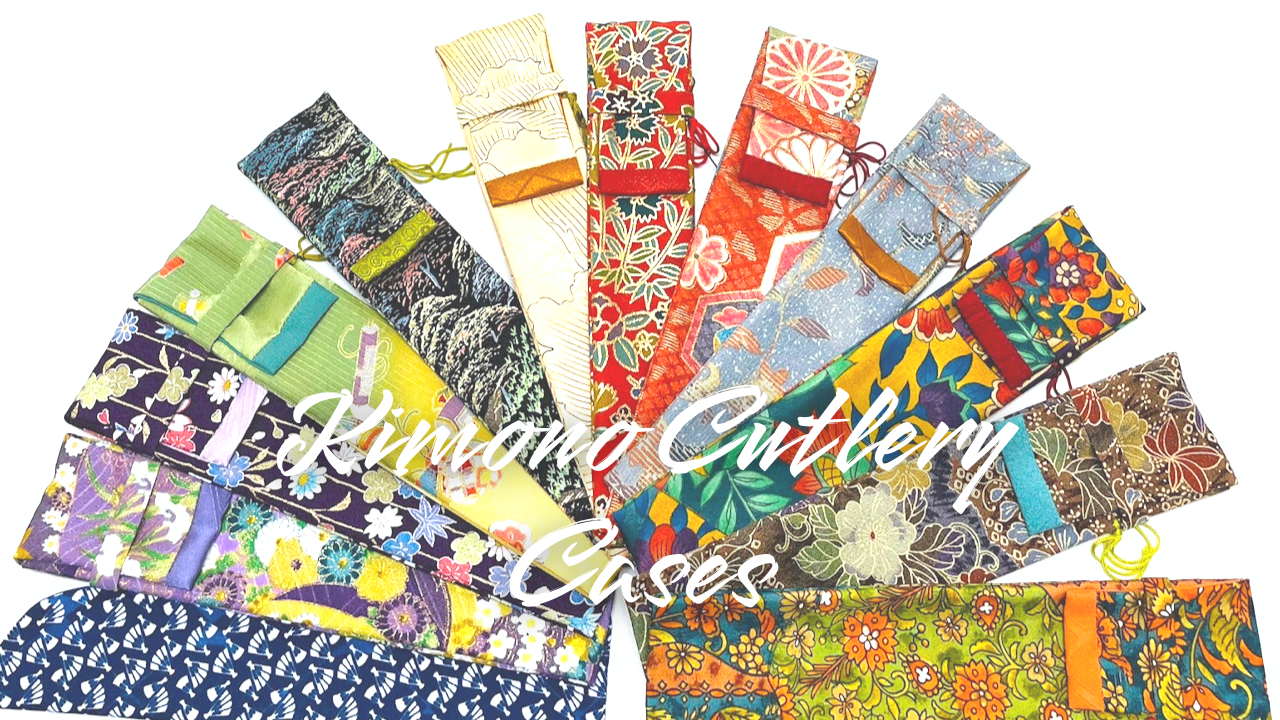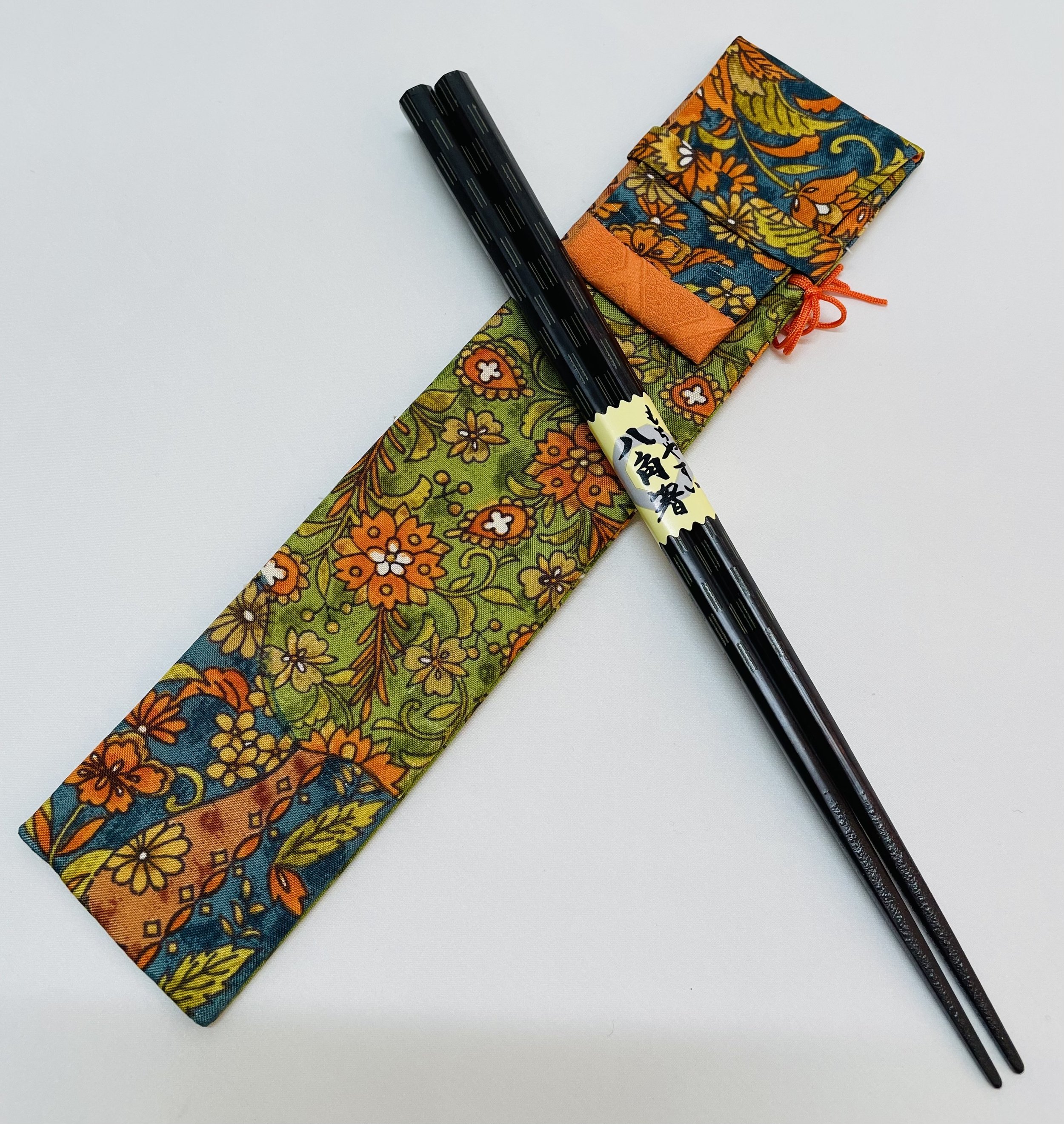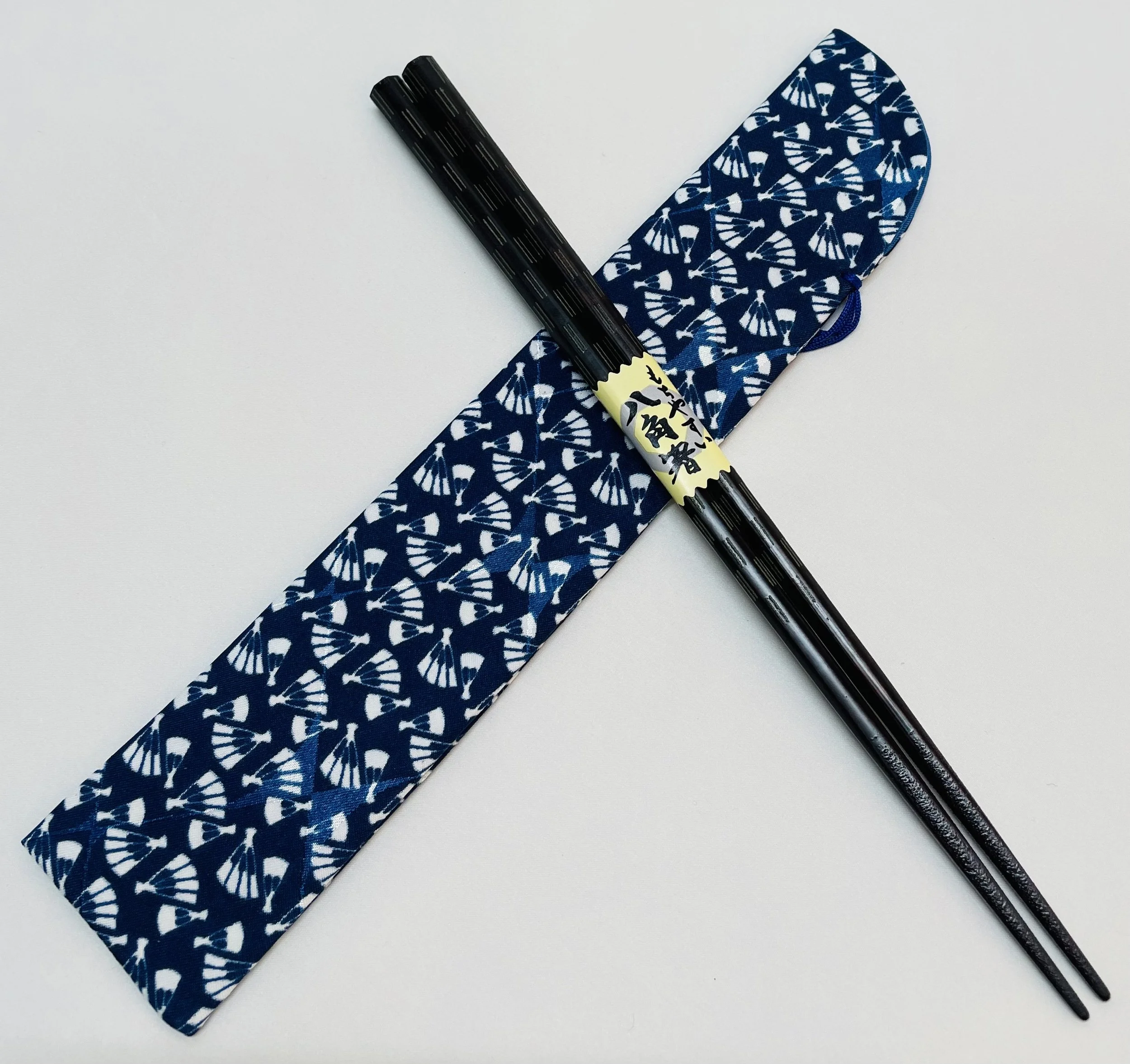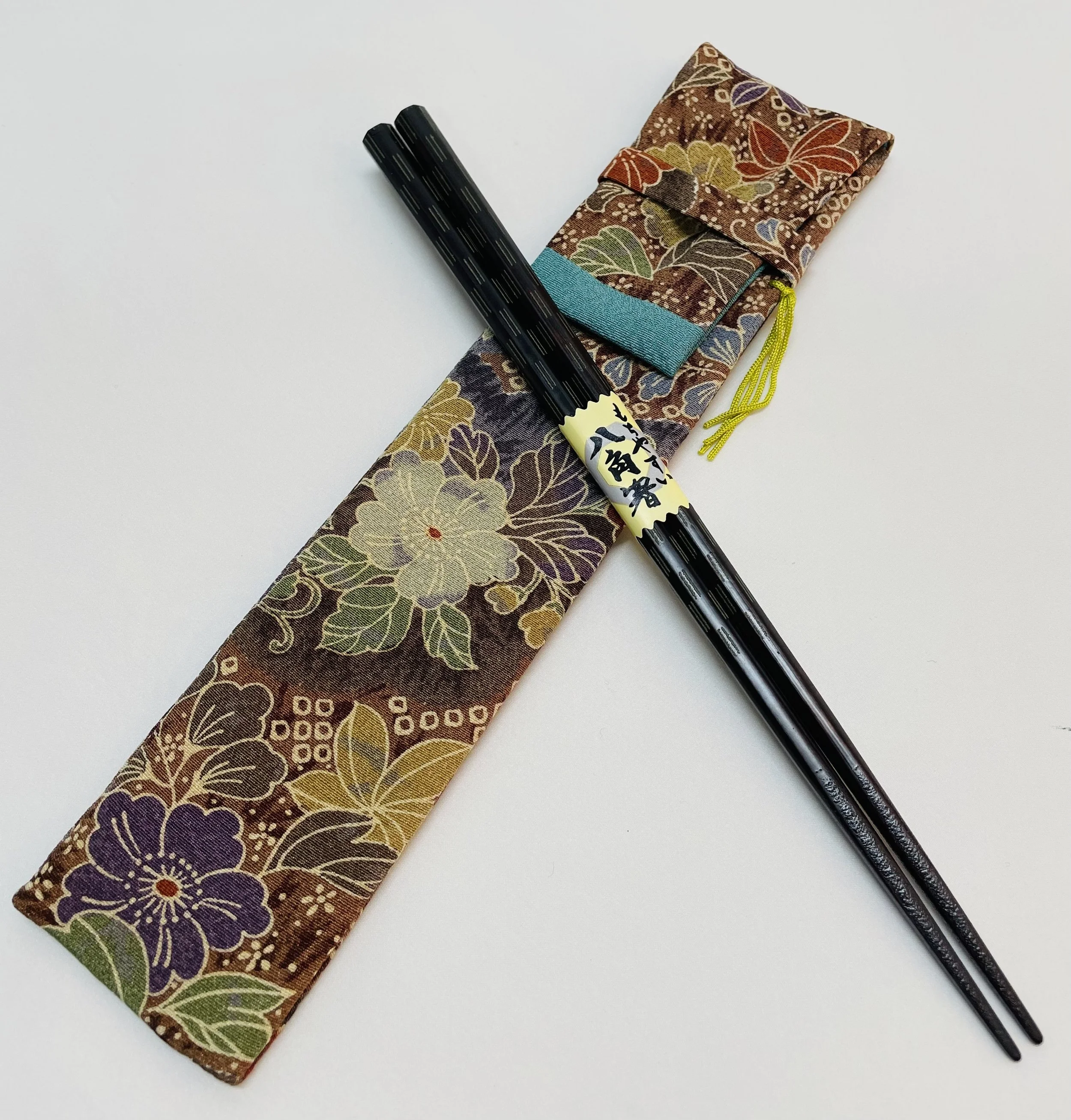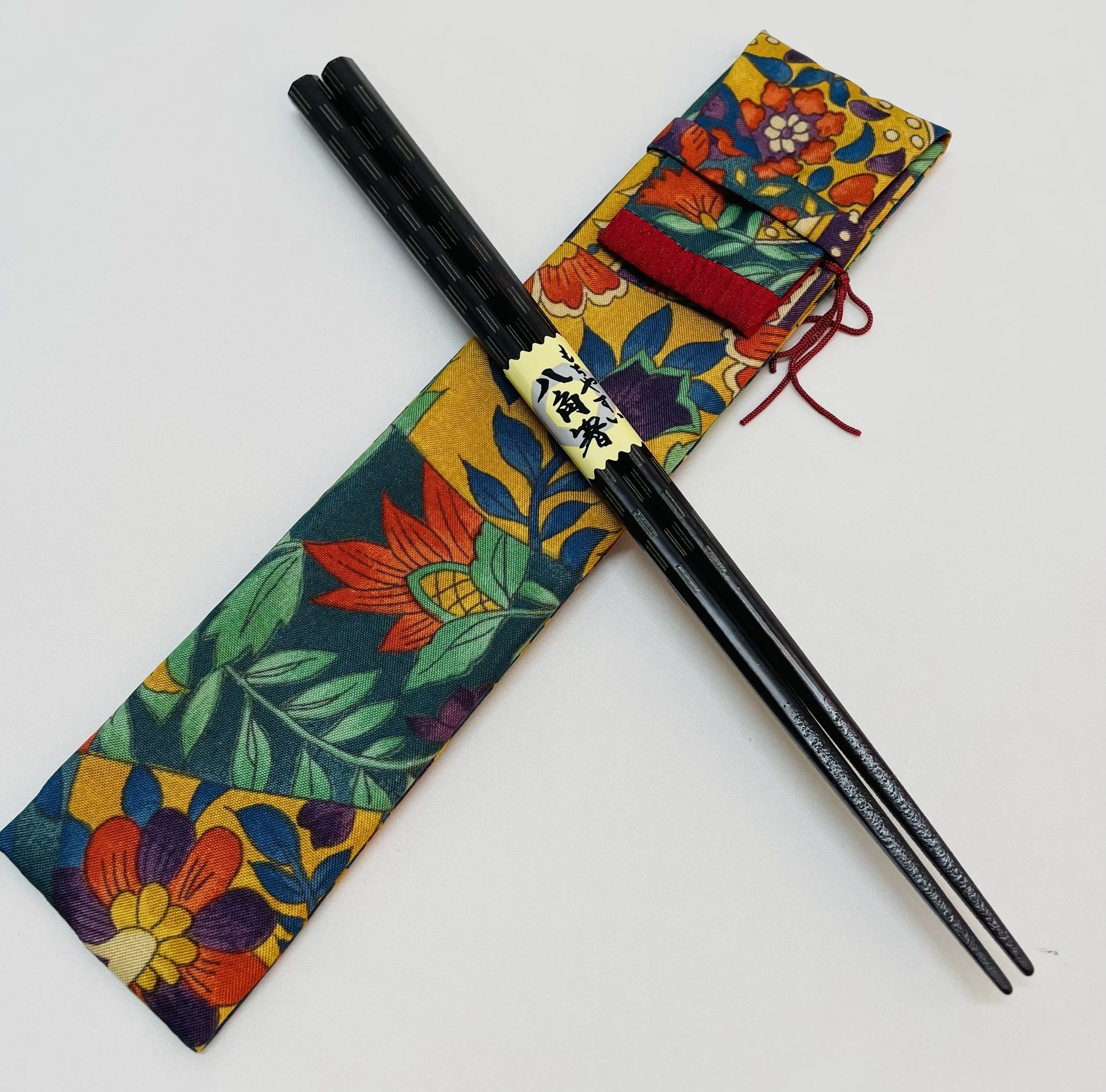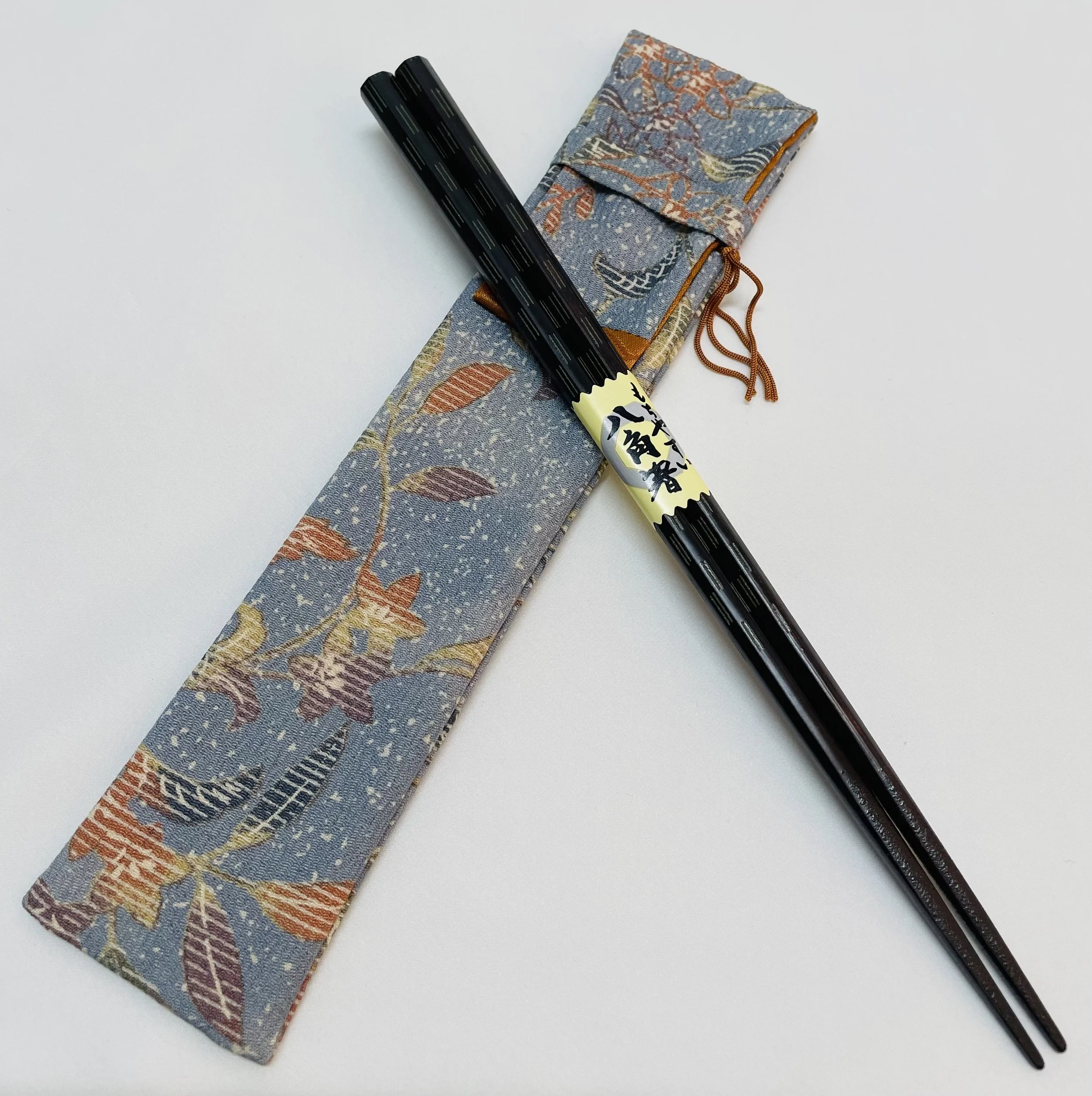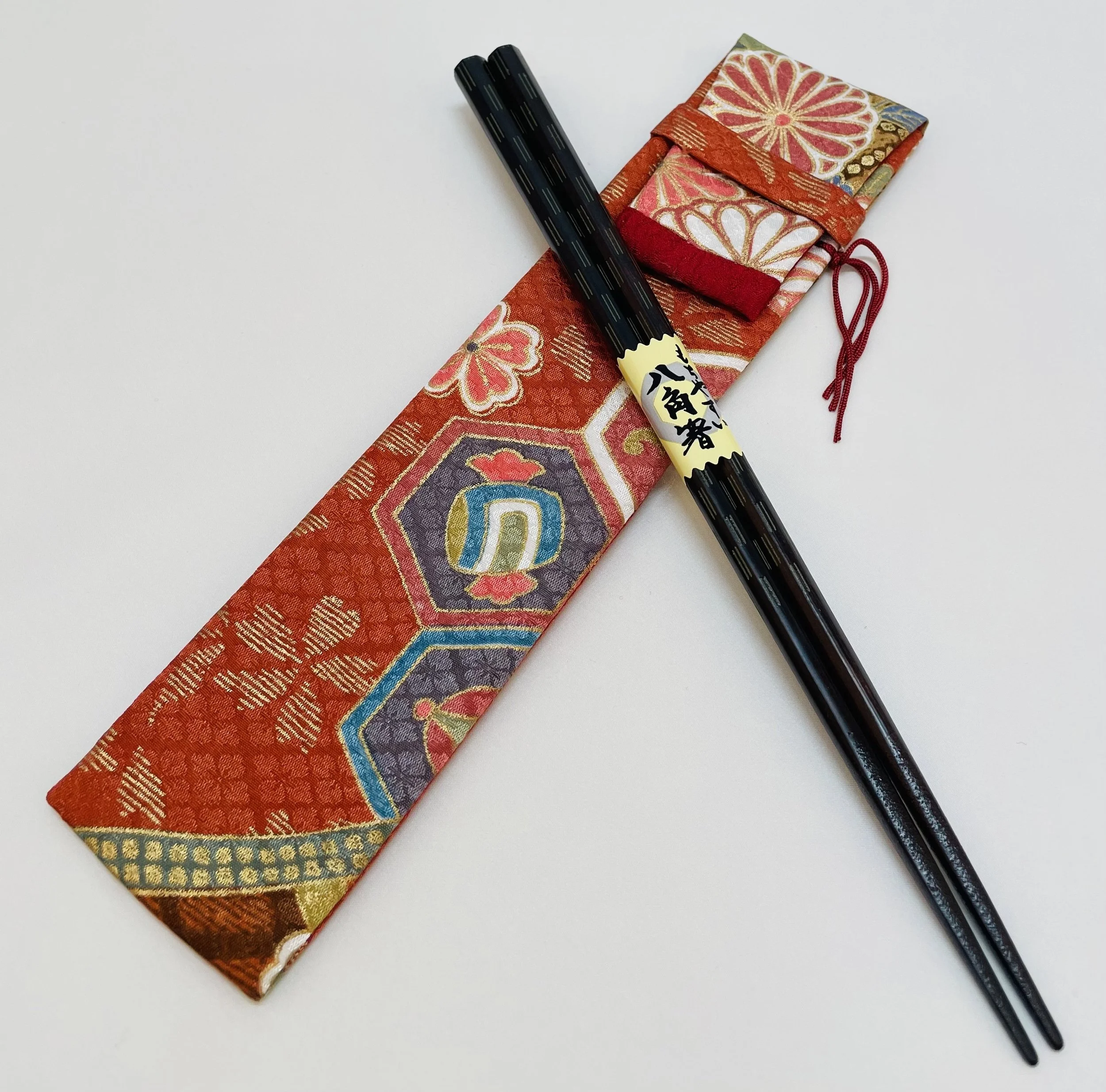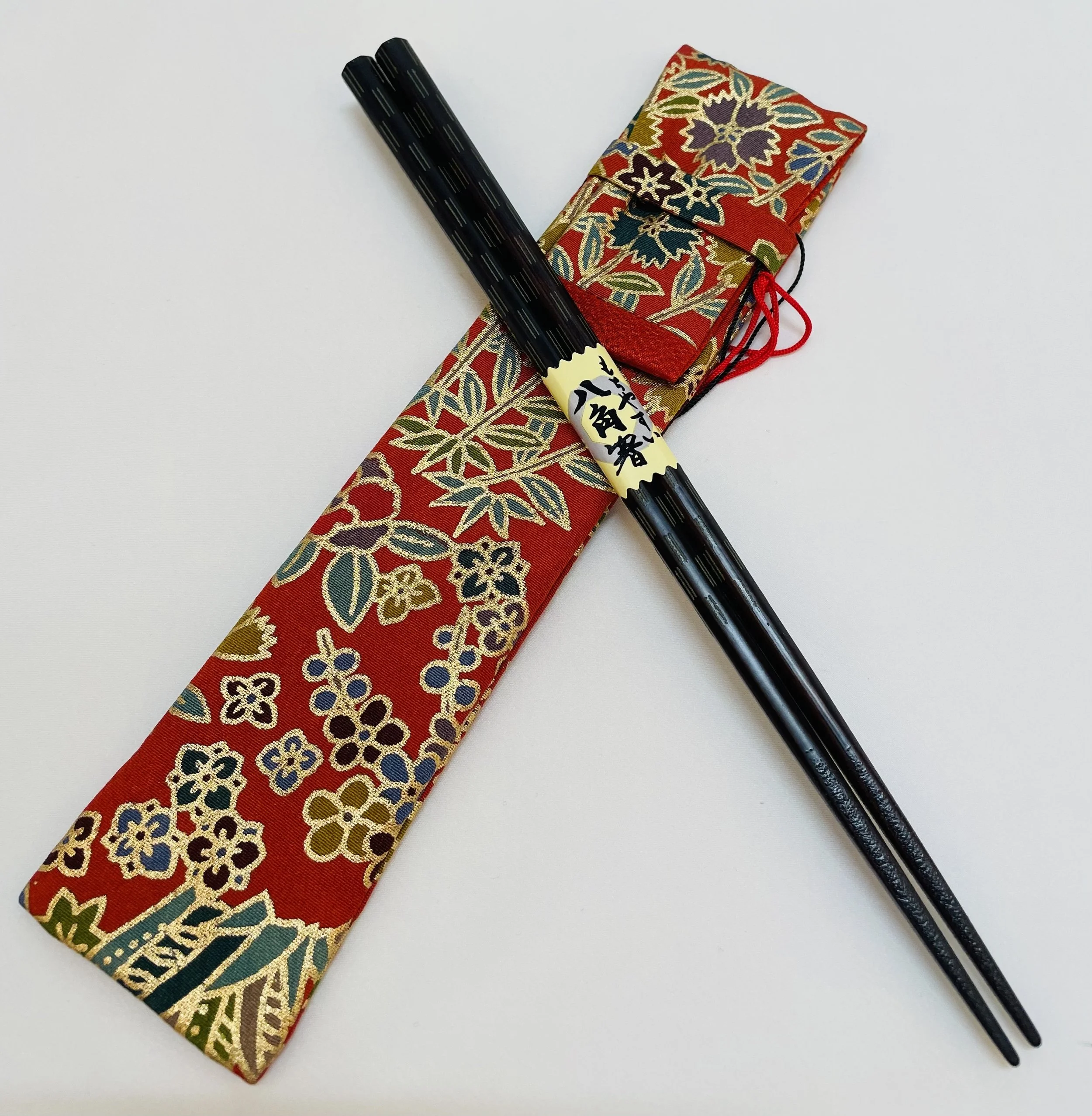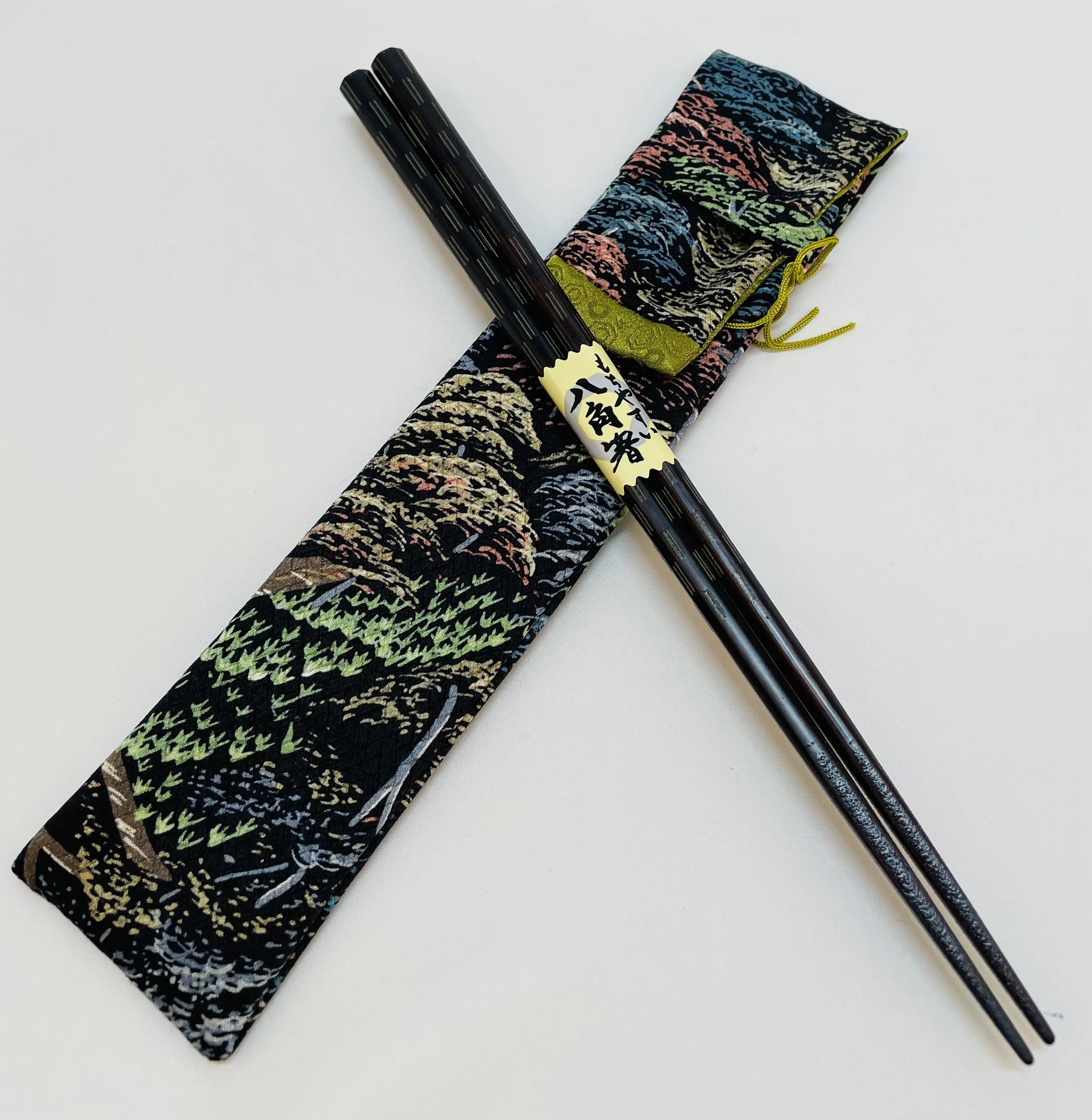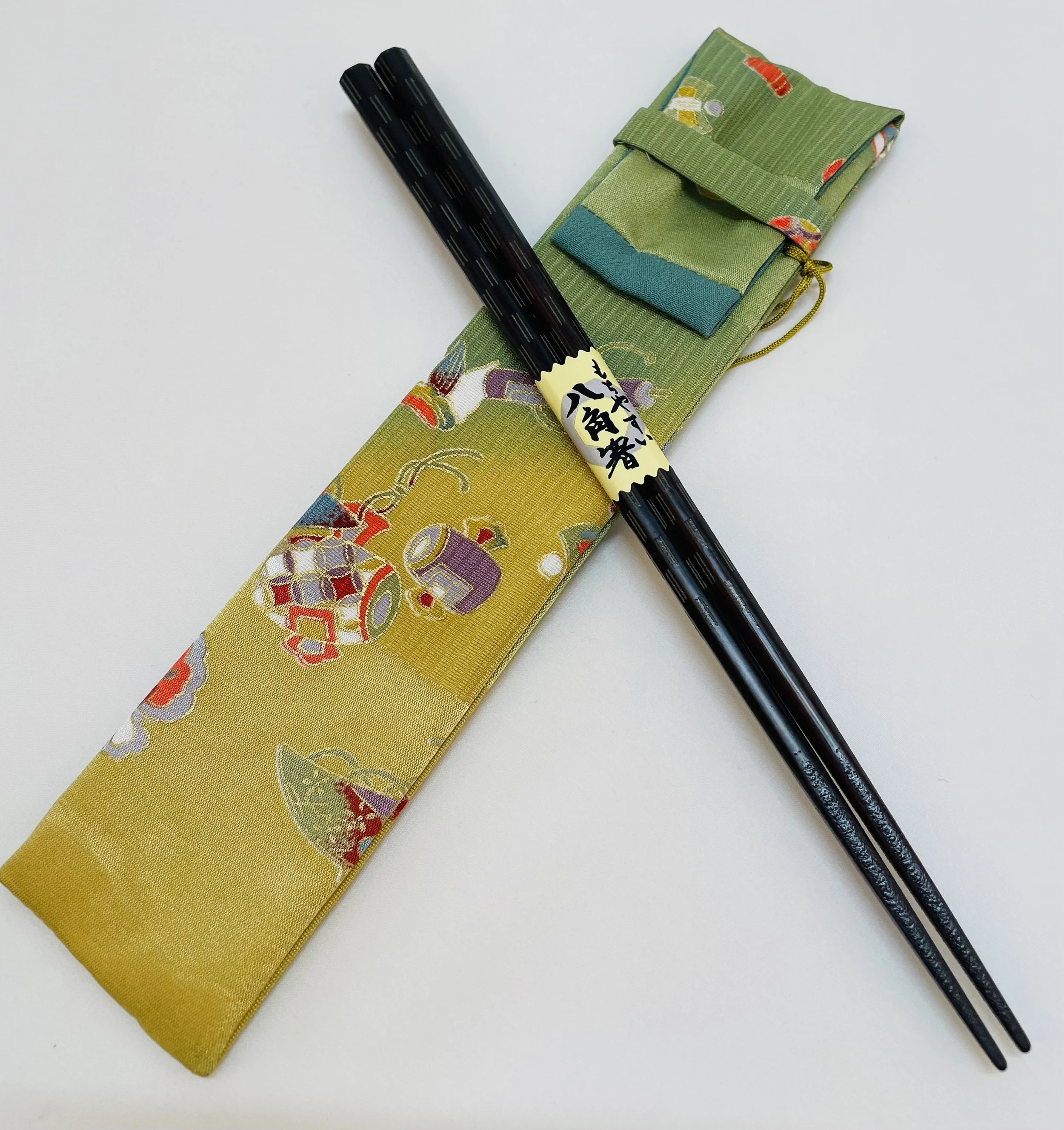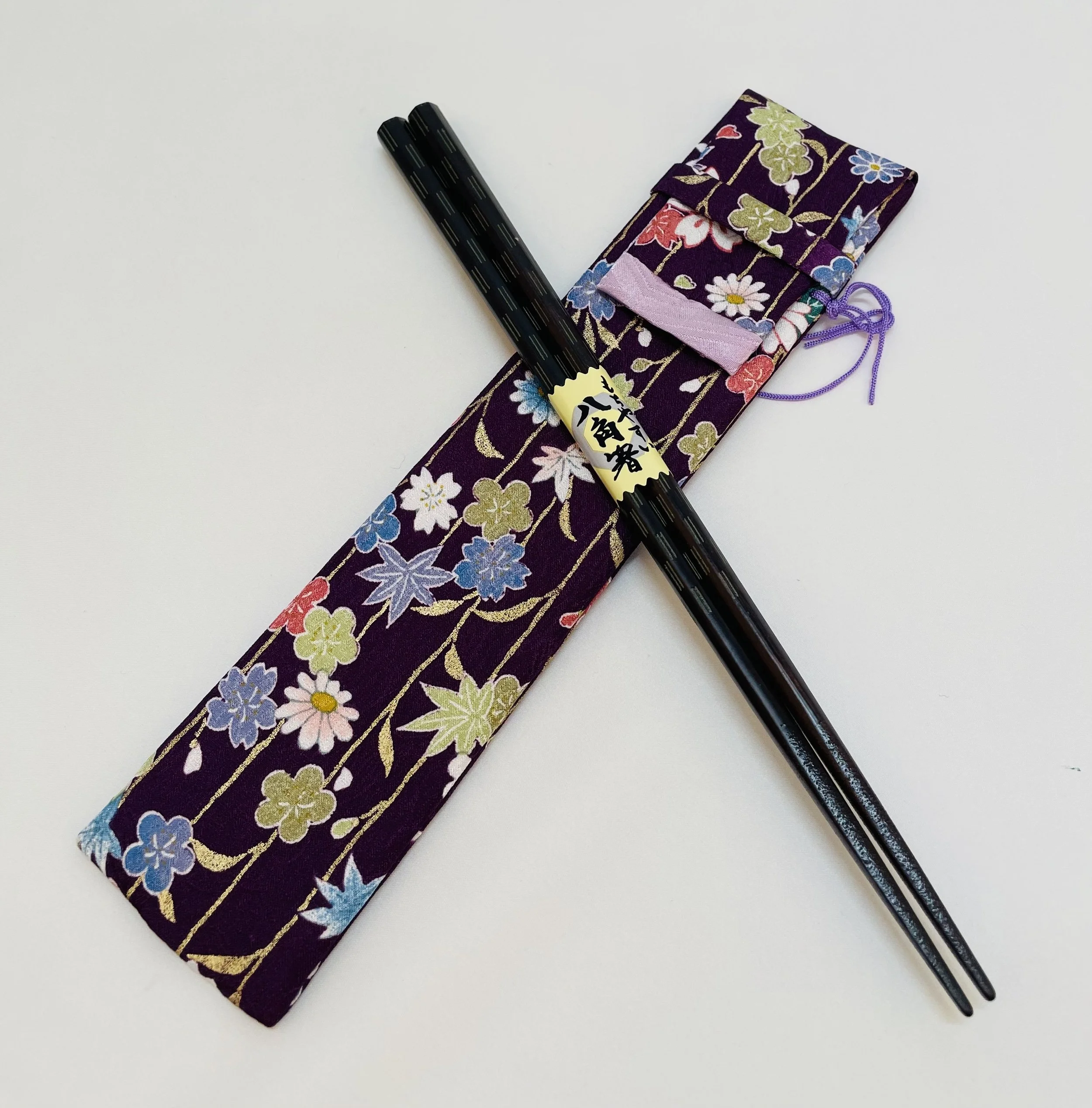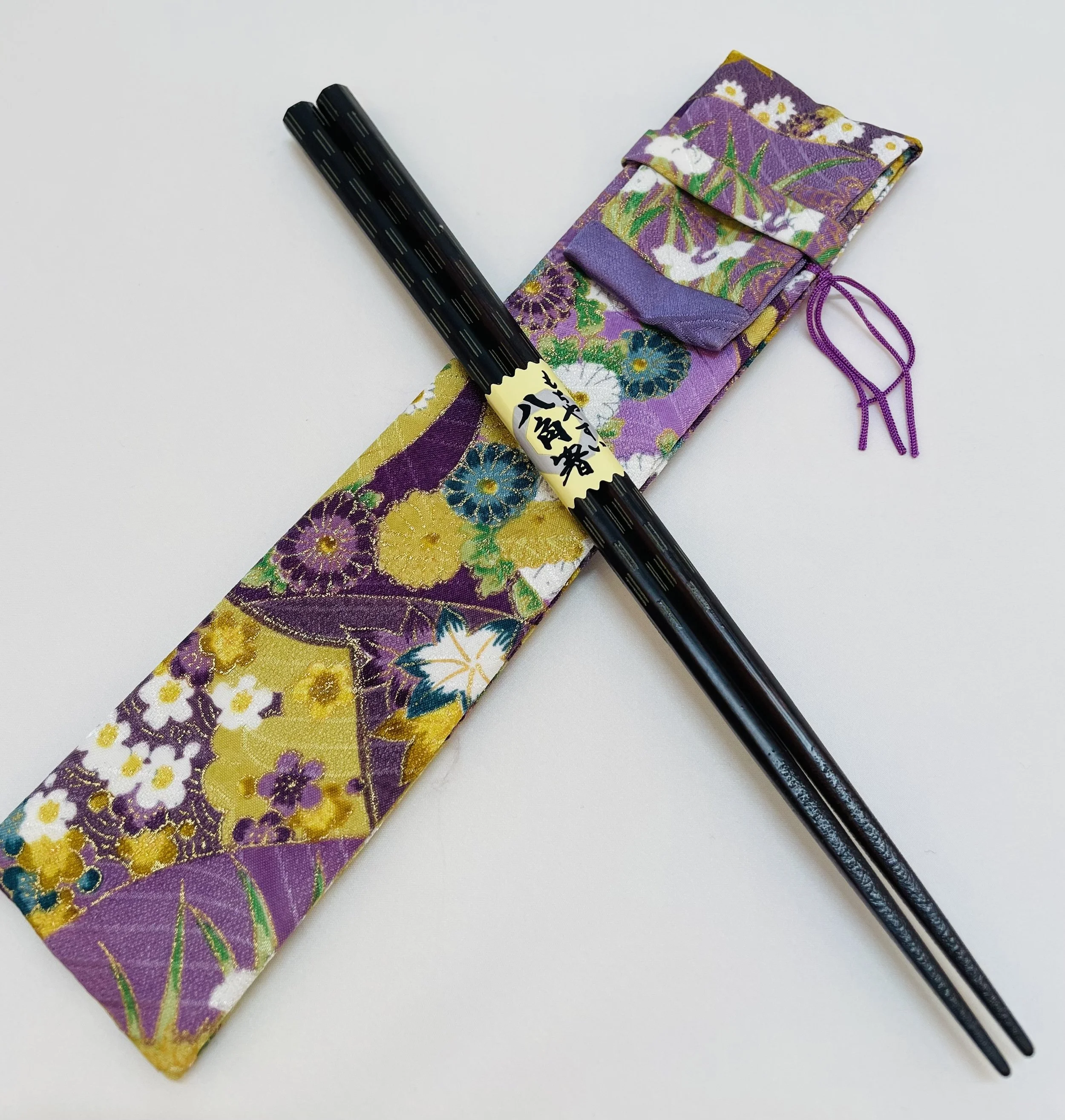Japanese chopsticks are called hashi (箸). A common misconception is that they are referred as otemoto (おてもと), a phrase commonly printed on the wrappers of disposable chopsticks noting the placement of chopsticks at a serving table at the base of the hands directly Infront. “Te” means hand and “Moto” means the area under or around something. The preceding “O” is used for politeness.おてもと can refer to any small plate or serving utensil placed at a serving table.
Chopsticks (箸, hashi) are used to eat most kinds of traditional Japanese dishes with some exceptions. Some of the most important rules to remember when dining with chopsticks are:
Hold your chopsticks towards their end, not in the middle or the front third.
When you are not using your chopsticks or have finished eating, lay them down in front of you with the tips to the left (to the right in case of left-handed people).
Do not stick chopsticks into your food, especially not into rise. This is done only at funerals with rice that is put onto the altar.
Do not pass food directly from your set of chopsticks to another's. Again, this is a funeral tradition, which involves the bones of a cremated body.
Do not spear food with your chopsticks.
Do not point with your chopsticks.
Do not wave your chopsticks around in the air or play with them.
Do not move plates or bowls around with your chopsticks.
To separate a piece of food in two, exert controlled pressure on the chopsticks while moving them apart from each other in order to tear the food. This takes some practice. With larger pieces of food, such as tempura, it is also acceptable to pick up the entire piece with your chopsticks and take a bite.
If you have already eaten with your chopsticks, use the opposite end to take food from a shared plate.

